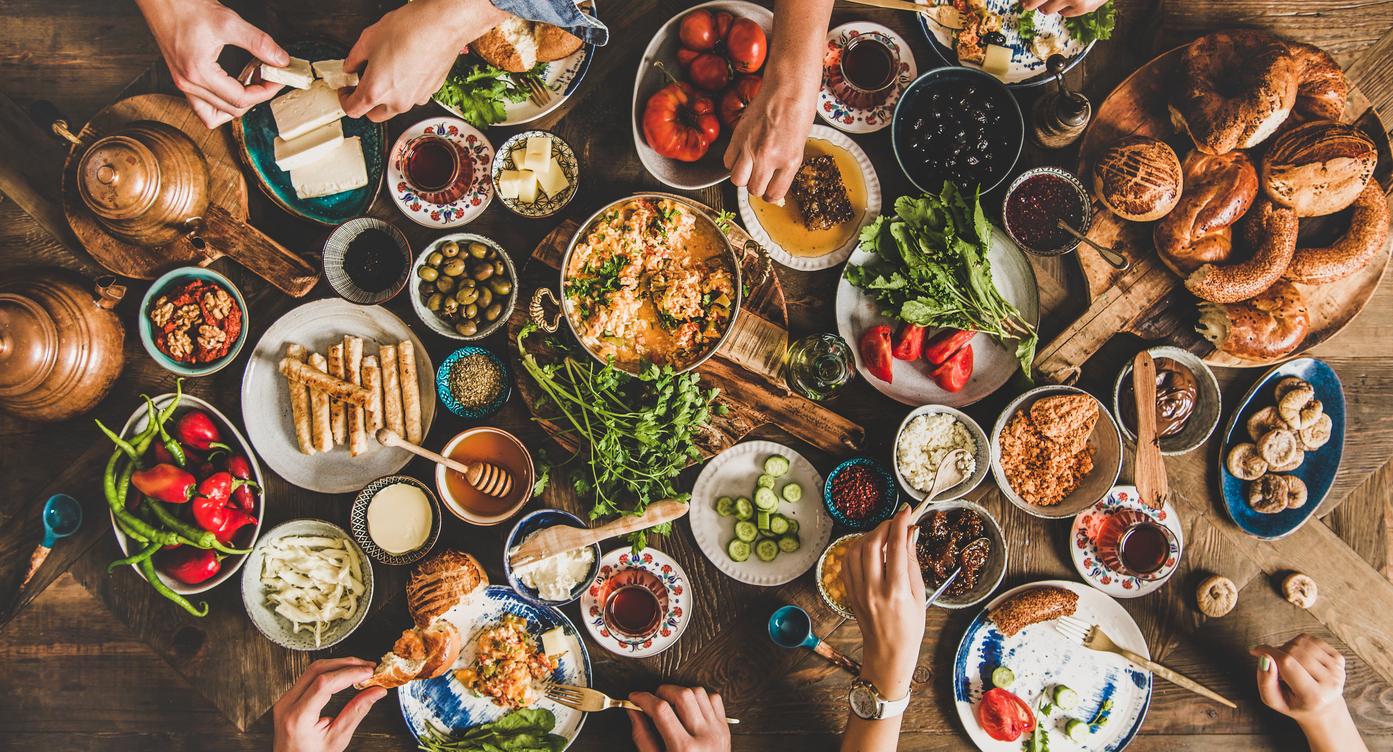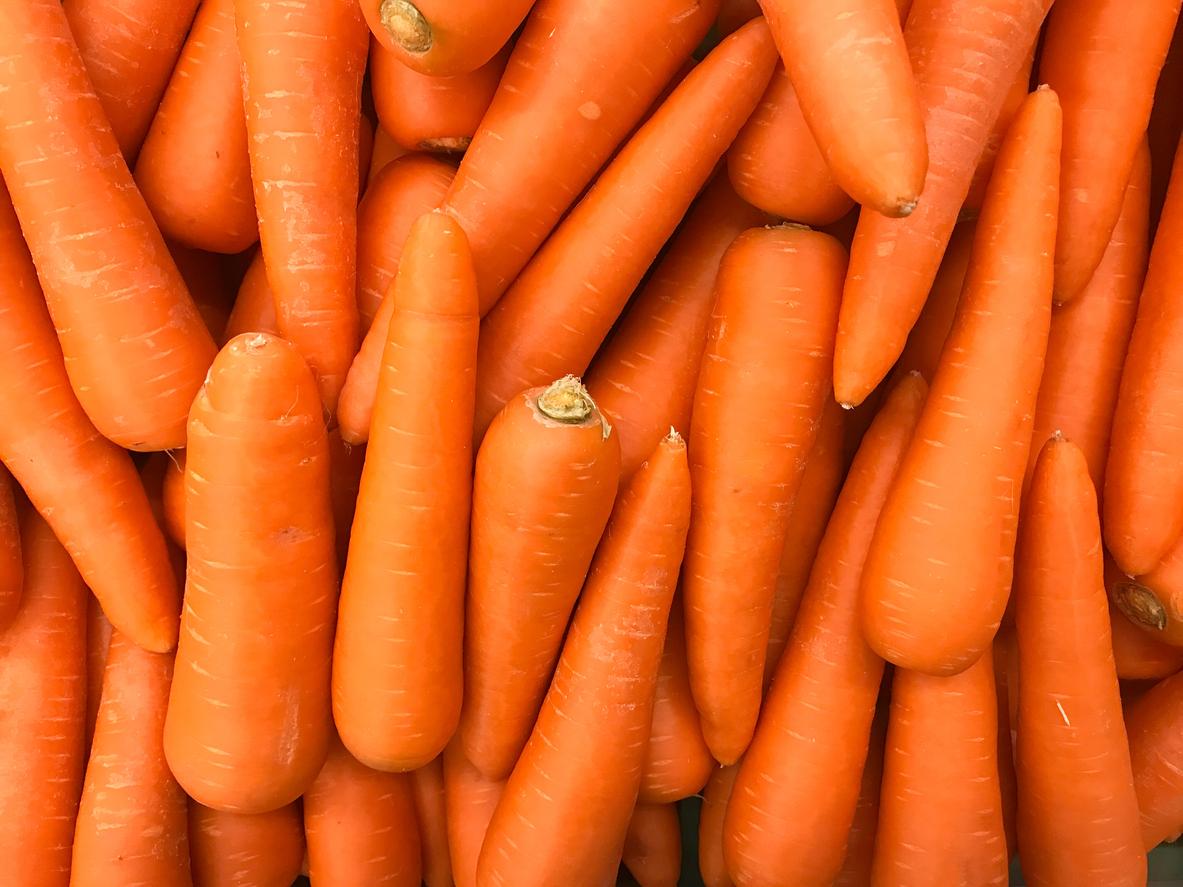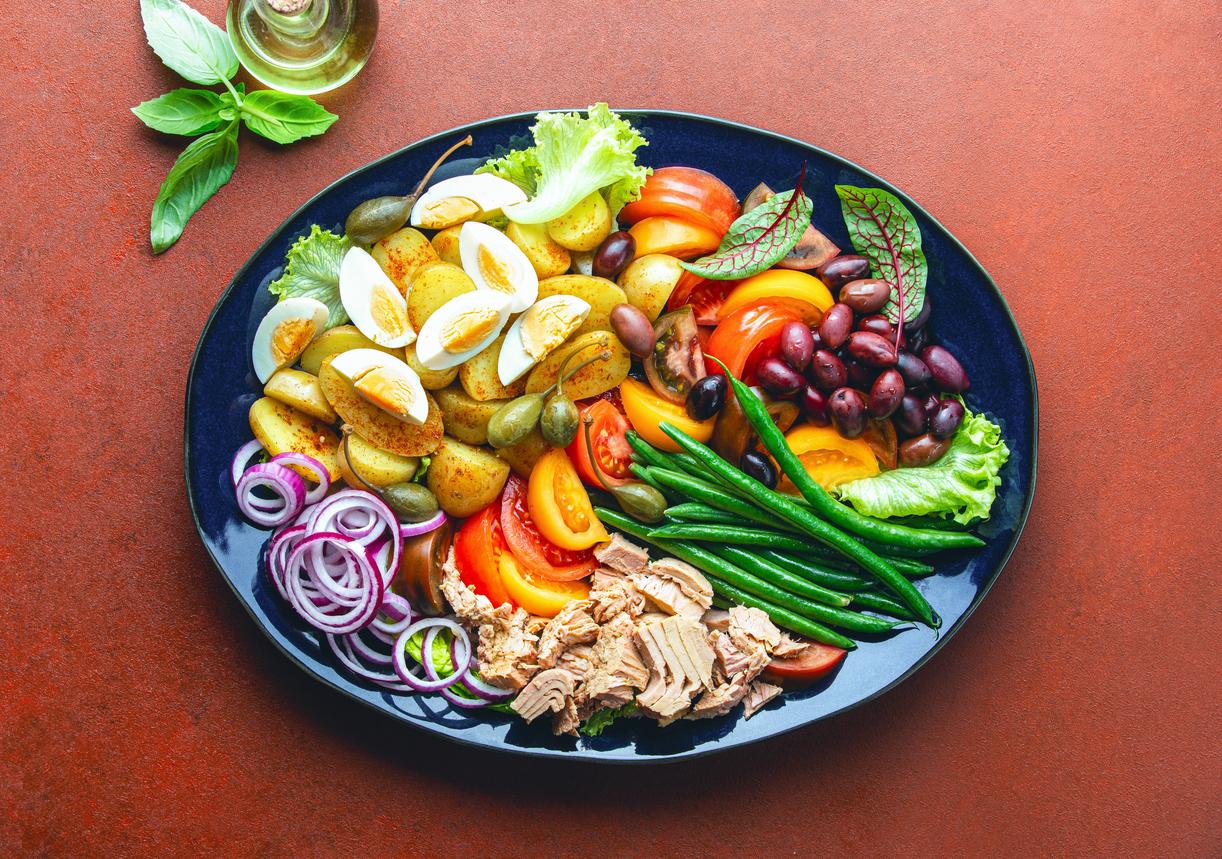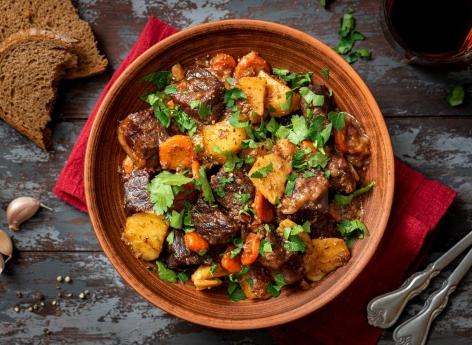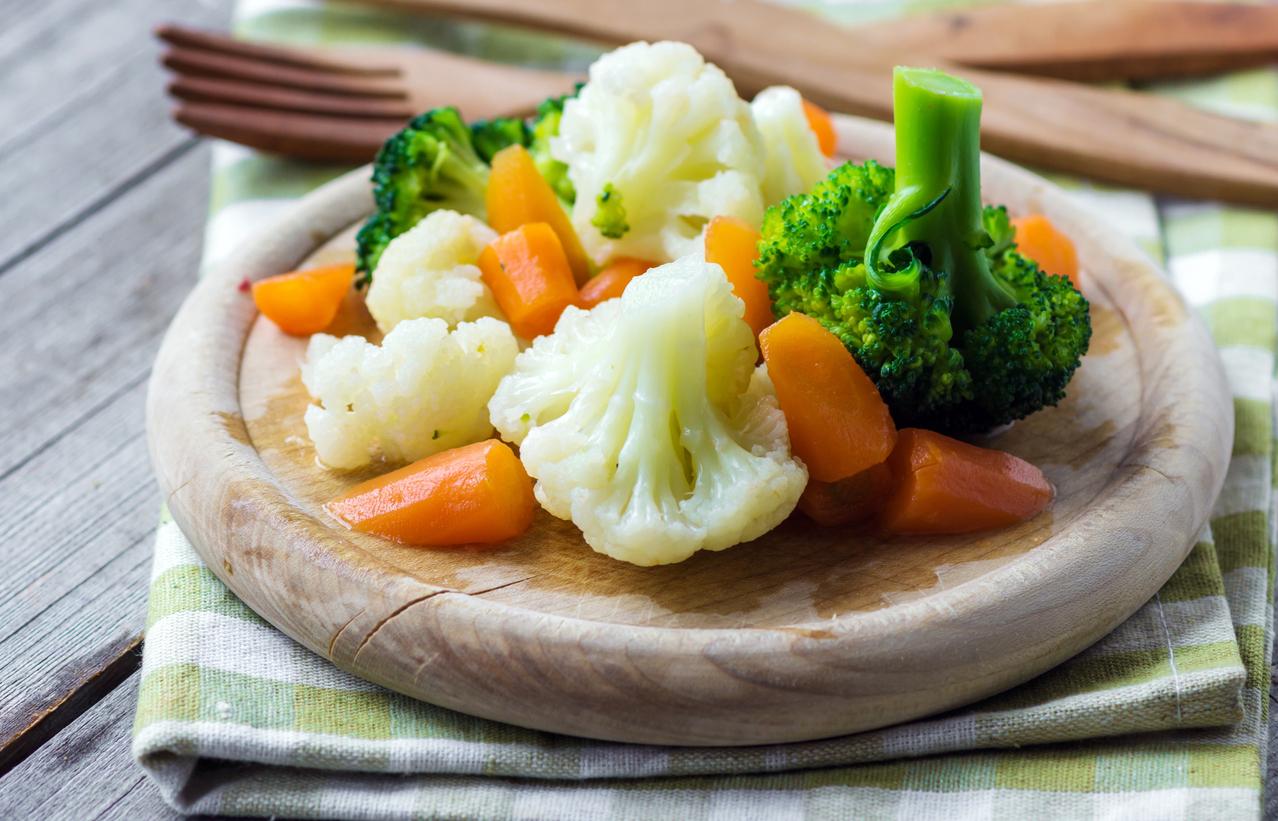
Pop your own popcorn
Cornflakes, popcorn and tortillas: corn can be found in all kinds of products. Of course you can also roast a whole cob or put some grains in a salad. Did you know that many sweeteners are also made from the yellow granules? All about corn.
Corn (also: maize) is often eaten as a vegetable, but it really isn’t. It is a grain, just like rice, barley, oats, rye, spelled and wheat. The small grains grow on a cob surrounded by large bracts. There are all kinds. The type of maize on the fields in the Netherlands is mainly silage maize and is intended for livestock. The corn we eat is sweet corn. This species thrives in a warm climate. Therefore, it is mostly imported from South America, the United States and China.
What’s in it?
Sweet corn is available on the supermarket shelves in the form of all kinds of products. Fresh corn is for sale in the summer and fall. Canned or jarred corn kernels and cobs are available all year round.
The grain is also found in popcorn, nachos, cornflakes and polenta. You can make bread and tortillas from corn flour. Cornstarch is sold under the name cornflour and is used to bind soups and sauces. Corn oil, extracted from the germs of corn kernels, is suitable for baking and deep-frying. Sweeteners such as high fructose corn syrup, maltodextrin, dextrose and fructose may be made from corn.
Nutritional value
Although green vegetables have a better reputation, corn is not necessarily unhealthy. It contains a lot of carbohydrates and dietary fiber. It also contains vitamin C and minerals such as potassium and magnesium. Especially the way corn is often eaten – roasted, with a big knob of butter – makes it a greasy bite. One ounce of corn kernels contains about 80 kilocalories.
You will often find added salt in cans. Eating too much salt is not very healthy. Rinsing the grains under running water reduces the salt content.
making popcorn
Whether popcorn is a responsible snack mainly depends on what’s in it. Pop your own popcorn with a little oil? Then there are about 387 kilocalories in 100 grams, 78 grams of carbohydrates, 13 grams of proteins, 15 grams of dietary fiber and 5 grams of fat. That’s a lot less calories and fat than chips. If there is sugar, butter and / or caramel in the popcorn, it will of course be much higher in calories and fat.
For popcorn you need special popcorn and a pan with a thick bottom and a lid. Heat a thin layer of oil in the pan until the oil is hot, but not smoking. Add a few handfuls of corn so that the bottom is almost covered. Put the lid on the pan. Do not remove the lid until the popping subsides. If you wait until the very last thud, the grains may have already burned.
Buy, store and prepare
Do you buy fresh corn? Then choose flasks with beautiful bright yellow granules that have not dried out. Wrap them in foil and put them in the fridge, so the corn will stay good for a day or three. Before use, remove the leaves and threads and cut off the bottom. Wash the corn and cook the cobs until the kernels are dark yellow. Add some sugar to the water if necessary, but no salt. That makes the grains hard. You can then bake or roast the corn on a barbecue.
- corn egg cake
- corn-paprika soup
- Corn on the cob with lemon butter
- Tofu with corn
- Mackerel rolls with tomato and corn
Sources):







